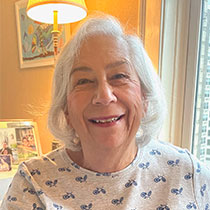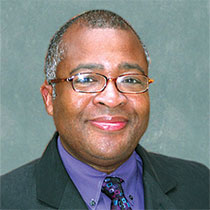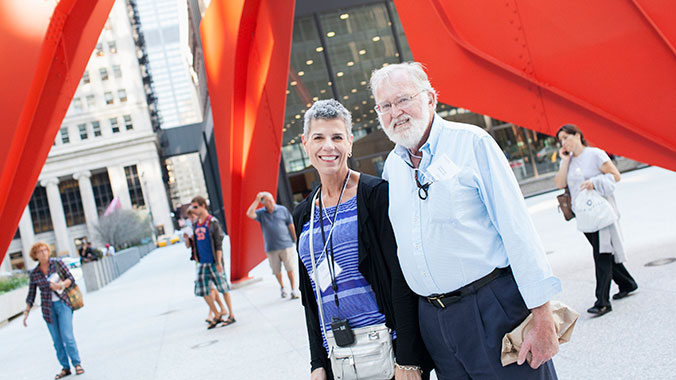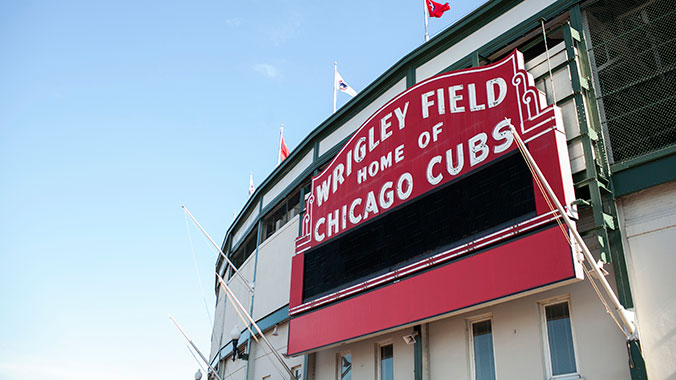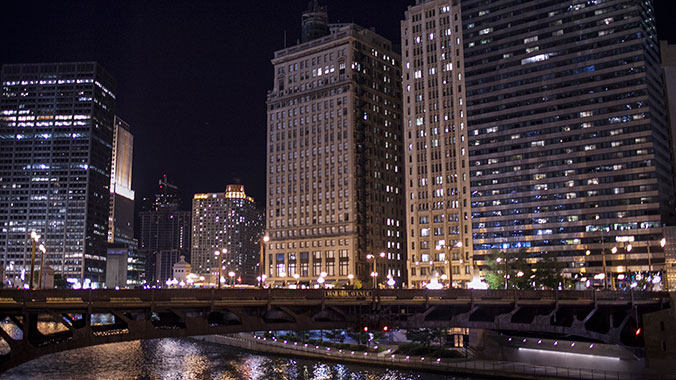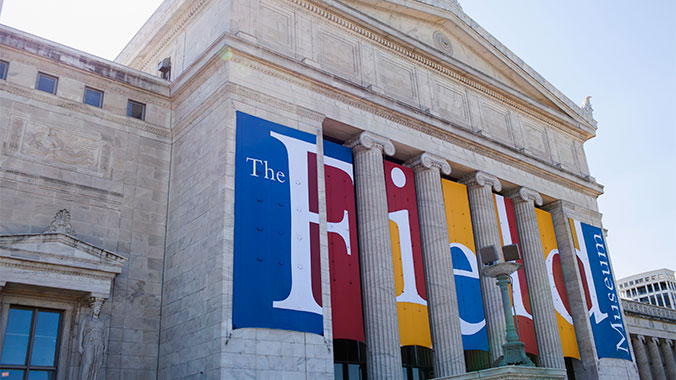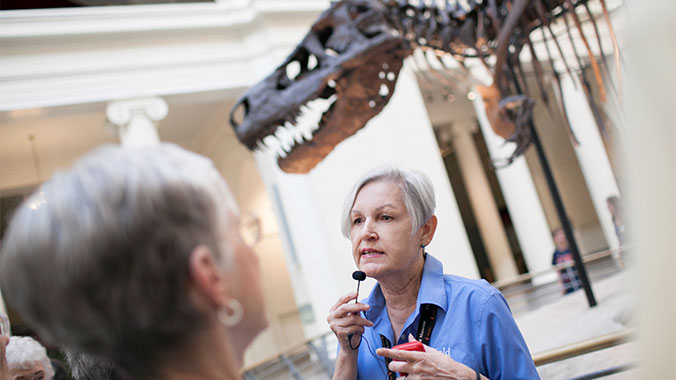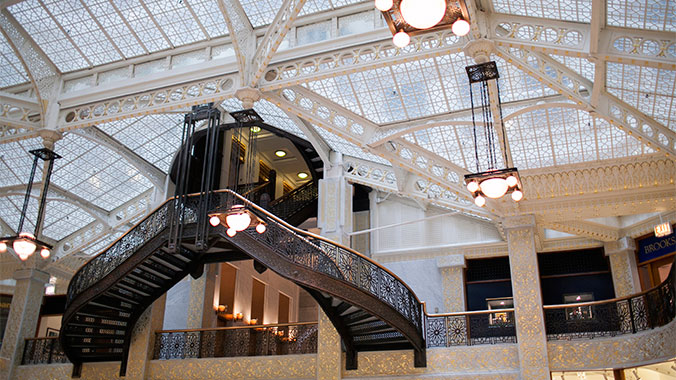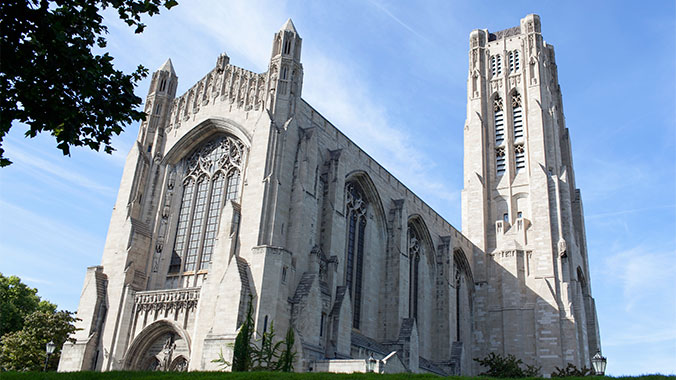A New View of Bronzeville
by Bernard C Turner and Jennifer D Turner
A New View of Bronzeville provides a portrait of an important Chicago neighborhood with a historical perspective. Readers will learn how Bronzeville was settled and grew to become a center for African American culture and economy. This revision incorporates changes of urban renewal and features new color photos of landmarks, murals, and important places and spaces. A great read for anyone who loves Chicago.
Black Metropolis: A Study of Negro Life in a Northern City
by St. Clair Drake and Horace R. Clayton Jr.
Black Metropolis has been a foundational work for the study of race and urban life since its publication in 1945, and it remains indispensable today. Few studies since have been able to match its scope and magnitude, offering one of the most comprehensive looks at black life in America. Based on research conducted by Works Progress Administration field workers, it is a sweeping historical and sociological account of the people of Chicago's South Side from the 1840s through the 1930s. Its findings offer a comprehensive analysis of black migration, settlement, community structure, and black-white race relations in the first half of the twentieth century. It offers a dizzying and dynamic world filled with captivating people and startling revelations.
Boss: Richard J. Daley of Chicago
by Mike Royko
This is the story of the late Richard J. Daley, politician and self-promoter extraordinaire, from his inauspicious youth on Chicago’s South Side through his rapid climb to the seat of power as mayor and boss of the Democratic Party machine. A bare-all account of Daley’s cardinal sins as well as his milestone achievements, this scathing work by Chicago journalist Mike Royko brings to life the most powerful political figure of his time: his laissez-faire policy toward corruption, his unique brand of public relations, and the widespread influence that earned him the epithet of “king maker.” The politician, the machine, the city—Royko reveals all with witty insight and unwavering honesty, in this incredible portrait of the last of the backroom Caesars. This new edition includes an Introduction in which the author reflects on Daley’s death and the future of Chicago.
Chicago: A Biography
by Dominic A. Pacyga
In this magisterial biography, historian Dominic Pacyga traces the storied past of his hometown, from the explorations of Joliet and Marquette in 1673 to the new wave of urban pioneers today. The city’s great industrialists, reformers, and politicians—and, indeed, the many not-so-great and downright notorious—animate this book, from Al Capone and Jane Addams to Mayor Richard J. Daley and President Barack Obama. But what distinguishes this book from the many others on the subject is its author’s uncommon ability to illuminate the lives of Chicago’s ordinary people. Raised on the city’s South Side and employed for a time in the stockyards, Pacyga gives voice to the city’s steelyard workers and kill floor operators, and maps the neighborhoods distinguished not by Louis Sullivan masterworks, but by bungalows and corner taverns.
Compliments of Chicagohoodz: Chicago Street Gang Art & Culture
by James “Jinx” O’Connor & Damen “Mr. C.” Corrado
Based on the original Chicago gang research website, Compliments of Chicagohoodz analyzes the unique visual language and graphics of the city's street gangs, drawing upon decades of research, interviews, documentation and collecting of memorabilia, and featuring commentary from gang members (including artists Robert N. Taylor and Jack Walls).
Early Chicago: A Compendium of the Early History of Chicago to the Year 1835 When the Indians Left
by Ulrich Danckers, John F. Swenson, Jane Meredith
An encyclopedic arrangement of thousands of items of historical significance that offer interesting facts about the origins and early history of Chicago. With a focus upon the period prior to 1835, Ulrich (longtime resident of Chicago and a collector of literature on its history) and Meredith (teacher and illustrator) quote many early residents and visitors verbatim. The volume contains many black and white illustrations in the style of the era, a timeline, maps, and a guide to local historical monuments.
High-Risers: Cabrini-Green and the Fate of American Public Housing
by Ben Austen
In this novelistic and eye-opening narrative, Ben Austen tells the story of America’s public housing experiment and the changing fortunes of American cities. It is an account told movingly through the lives of residents who struggled to make a home for their families as powerful forces converged to accelerate the housing complex’s demise. Beautifully written, rich in detail, and full of moving portraits, High-Risers is a sweeping exploration of race, class, popular culture, and politics in modern America that brilliantly considers what went wrong in our nation’s effort to provide affordable housing to the poor—and what we can learn from those mistakes.
Making the Second Ghetto: Race and Housing in Chicago, 1940 – 1960
by Arnold R. Hirsch and N. D. B. Connolly
Hirsch’s classic and groundbreaking work of urban history is a revelatory look at Chicago in the decades after the Great Depression, a period when the city dealt with its rapidly growing Black population not by working to abolish its stark segregation but by expanding and solidifying it. Even as the civil rights movement rose to prominence, Chicago exploited a variety of methods of segregation—including riots, redevelopment, and a host of new legal frameworks—that provided a national playbook for the emergence of a new kind of entrenched inequality. Hirsch’s chronicle of the strategies employed by ethnic, political, and business interests in reaction to the Great Migration of Southern Blacks in the mid-twentieth century makes startingly clear how the violent reactions of an emergent white population found common ground with policy makers to segregate first a city and then the nation.
Nature’s Metropolis: Chicago and the Great West
by William Cronon
Cronon (history, Yale) investigates the relationship between Chicago and the rural areas that comprised its hinterlands during the 19th century in terms of commodity flows--grain, lumber, and meat. Although the focus is on Chicago, the economic transformations he describes took place in many areas. His analysis is at its clearest in relating how the building of railroads led to a revolution in the grain trade and to the Chicago Board of Trade's dominance of grain prices. Soundly grounded in original sources, especially the federal court bankruptcy records used to map capital flows, this well-written study is a significant addition to the literature on U.S. economic history and should be acquired by all academic libraries. (from Library Journal)
The Chicago River: A Natural and Unnatural History
by Libby Hill
This widely acclaimed volume weaves the perspectives of science, engineering, commerce, politics, economics, and the natural world into a chronicle of the river from its earliest geologic history through its repeated adaptations to the city that grew up around it. While explaining the river’s role in massive public works, such as drainage and straightening, designed to address the infrastructure needs of a growing population, Hill focuses on the synergy between the river and the people of greater Chicago, whether they be the tribal cultures that occupied the land after glacial retreat, the first European inhabitants, or more recent residents.
The House on Mango Street
by Sandra Cisneros
The House on Mango Street is one of the most cherished novels of the last fifty years. Readers from all walks of life have fallen for the voice of Esperanza Cordero, growing up in Chicago and inventing for herself who and what she will become. “In English my name means hope,” she says. “In Spanish it means too many letters. It means sadness, it means waiting."

